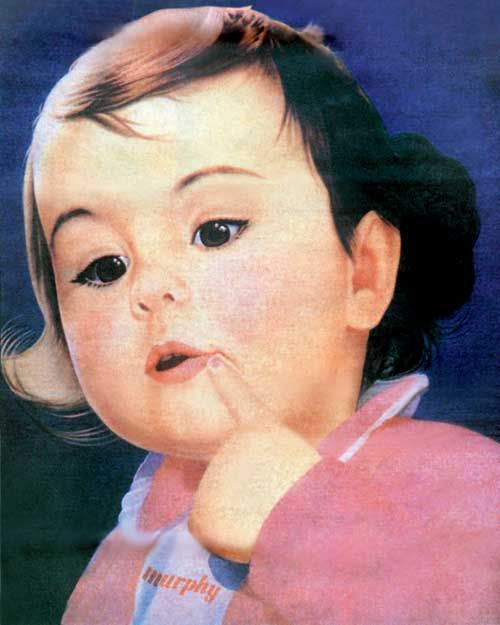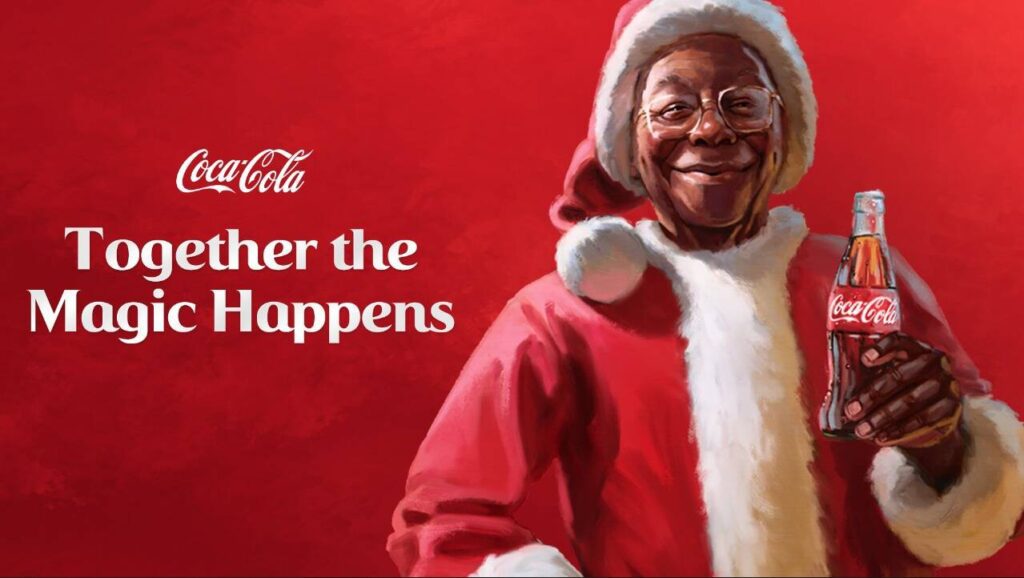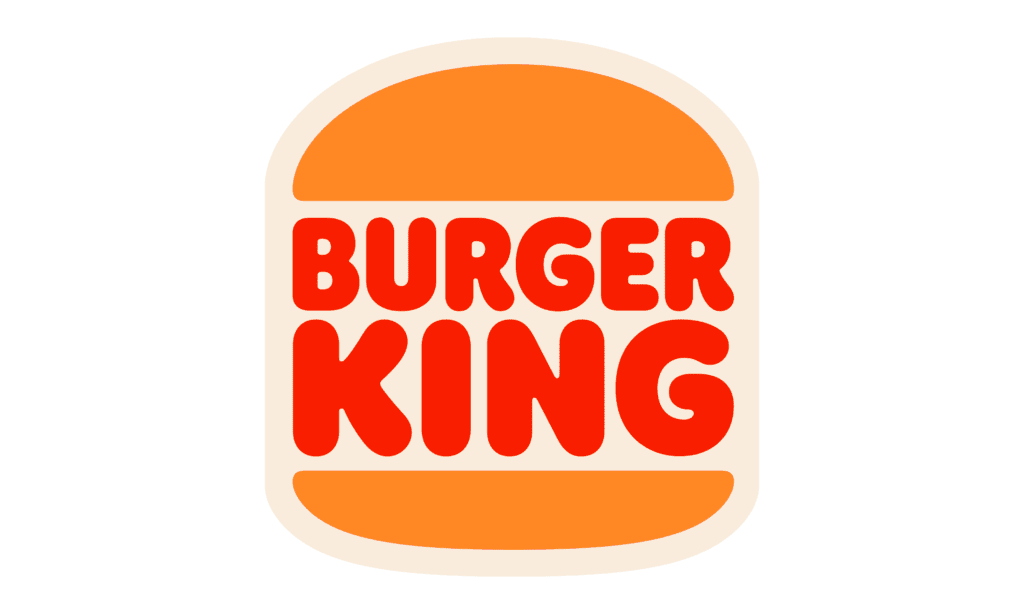Iconic Ads: Honda – The Power of Dreams “Cog”

The Power of Dreams was based on the company’s Japanese catchphrase, “Yume No Chikara,” which Soichiro Honda advocated
The Past
In April 1964, Honda spent $300,000 to become the first foreign corporate sponsor of the Academy Awards. The Honda advertising campaign was a success, and it became one of the company’s most memorable. Despite this, the campaign did little to increase the sales of Honda automobiles or motorcycles. In reality, Honda was better known for its motorcycles than its automobiles. This was the case in the majority of Honda-selling countries.
Honda automobile production had yet to begin in the United Kingdom. Honda’s automobiles were imported, but not in sufficient quantity to establish a foothold. Furthermore, the cost of imported cars could not compete with those of domestically built cars. As a result, any local sales drive at the time was centred on Honda motorcycles. When Honda began manufacturing cars in the United Kingdom in 1992, the trend toward advertising Honda vehicles began, albeit slowly. However, the new Swindon, (England) factory had a large prospective market: it could make vehicles for markets in Europe, the Middle East, and Africa. Honda felt obligated to undertake a massive campaign in the United Kingdom.
“Do You Own a Honda?” This 1999 campaign exemplified Honda founder Soichiro Honda’s desire to provide the world with every method of transportation imaginable. Soichiro Honda repaired and manufactured bicycles, motorcycles, road vehicles, and race cars himself. All of these types of transportation were covered in the “Do You Own a Honda? “advertisements Despite the campaign’s global impact, the United Kingdom remained mostly unaffected. In 1998-1999, Honda’s European sales declined from 240,000 to 235,000. The fall lasted until 2002. Honda’s sales in the United Kingdom began to drop in 2000.
Honda was the world’s third-largest Japanese carmaker in 2002, trailing only Toyota and Nissan. Despite a decade of car production in the UK, Honda’s sales in the UK and mainland Europe were considered underwhelming. To cap it all off, whenever Honda was promoted, Toyota’s sales increased.
The entry of Wieden + Kennedy
Honda responded by commissioning Wieden+Kennedy (W+K) to create a campaign that addressed the issues.
European purchasers thought the brand was boring and uninspired, and the cars were of poor quality. Some respondents stated that they “would never dream of purchasing a Honda as their next car.” They were also viewed as producing sensible automobiles for retirees.
In this context, W+K presented Honda with a new advertising strategy centred on the company’s Japanese catchphrase, “Yume No Chikara,” in 2001.- “Power of Dreams”, which Soichiro Honda advocated in the 1940s. It meant to “look at one’s dreams”. Based on this, W+K posed the question to customers, “Do you believe in the power of dreams?”
The goal was to boost Honda’s market share in the UK to 5% within three years and to shift the brand’s image from “dull but functional” to “warm and consumer-friendly.” All of this at a lesser cost of marketing!
Target Market
“The Power of Dreams “aimed towards a diverse demographic. They were designed to appeal to a younger audience, although not solely. Honda’s diverse lineup of vehicles, from the entry-level Civic to the high-end Accord, would appeal to drivers of all ages and socioeconomic backgrounds. Honda’s target market comprised all new buyers of any age. To appeal to a wide range of potential purchasers, Honda needed to be portrayed as hip and exciting. Honda’s new campaign aims to increase awareness of its automobiles, notably in Europe and the United Kingdom, where Honda was formerly associated with motorcycles. The focus was on returning customers because the firm intended to improve communications with Honda owners to make them feel good about their purchase and to persuade them to buy another Honda.
Honda and W+K had a forgettable start. “We are the Nike of the automobile sector,” Honda UK stated, astounded W&K. Nike had a strong corporate ethos, killer marketing, and an ultra-cool image; Honda’s image in the United Kingdom was very different.
Initially, W+K urged the automaker to take a three-year hiatus from car-specific advertising. It needed to publicise itself. Honda concurred. It could afford to look ahead because a significant event was approaching.
W+K Creative Directors Tony Davidson and Kim Papworth, as well as creative team Matt Gooden and Ben Walker, submitted a new concept in 2002 to promote the seventh-generation Honda Accord range, which had recently been introduced in Europe and Japan. The working title “Cog” was approved for the film, which is based on the Accord’s intricate chain reaction of moving parts.
It took six months to write the script. It was written for the Civic. It was all about the “beauty of function.” The Civic was a great vehicle. However, because Honda was unable to introduce the Civic in time, they were forced to focus on the Accord. Because Honda’s entire platform was designed with functionality and technological beauty in mind, it worked well for the Accord as well.
Pre-production
The Honda executives were intrigued, but they wanted to see a test cut with real car parts before approving the full-scale idea. The budget for “Cog” was approved at £1 million, and Gooden & Walker hired a London-based team to prepare the shoot. Before finalising the set design for the commercial, the team of engineers, special effects technicians, automobile designers, and even a sculptor spent a month disassembling a Honda Accord. Another month for script approval. Honda insisted on integrating Accord-exclusive features such as a door with wing mirror indicators and a rain-sensitive windshield. These benefits would be stressed in sales literature. It was directed by Antoine Bardou-Jacquet.
Filming
Bardou-Jacquet anticipated that by utilising less computer-generated visuals, the finished product would be more appealing to its target demographic. He allotted two months to design hundreds of conceptual drawings outlining possible part interactions, followed by four months for testing and development. The script was divided into little parts, each with only one or two interactions. The testing crew scrapped ideas like airbag bursts and front-to-rear accidents, and the remaining pieces were gradually brought together until the final sequence was created.
“Cog’s” final edit consisted of two sixty-second dolly shots that were blended in post-production. These two shots each required two days to film. Seven-hour filming sessions necessitated the careful arrangement of some elements within a 1/16 inch tolerance (1.6 mm). Despite the testing’s detailed instructions, minor changes in ambient temperature, humidity, and dust accumulated on the parts caused the process to end prematurely. It took 90 minutes on the first day to get the first transmission bearing to roll into the second. The commercial required approximately 100 takes, including testing. Two of Honda’s six hand-built Accords were commandeered by the crew, one to roll off the trailer and the other to be destroyed. While early scripts had to be abandoned because of a lack of crucial Accord components, the spare parts accumulated by the end of production filled two lorries.
Post-production
Because the decision to forgo computer-generated graphics was made early on, “Cog” required just modest post-production work. Mill’s “Barnsley” (Andrew Wood) used the Flame editing programme to reduce the amount of work required. However, the sound was critical in portraying Honda’s “warm engineering” (BMW or Audi have a “cold feel”). Rapper’s Delight by the Sugarhill Gang was picked to appeal to a younger age group than that previously associated with the Accord. During production, he spent a lot of time on site, advising the team on whether specific moments may be improved by re-filming or post-processing. The on-camera components had to shift continually to achieve a seamless transition between two 60-second images. Other minor changes included re-centring the frame closer to the action, deleting cables and water sprays, and adjusting the speed for a dramatic impact.
Release and reaction
On April 6, 2003, “Cog” debuted on British television. It took up the whole commercial break during the Brazilian Grand Prix. The release was widely covered in the media, with articles appearing in broadsheets such as The Daily Telegraph, The Independent, and The Guardian, as well as tabloids such as The Sun and Daily Mirror. The day after “Cog” aired, the Honda website had more hits than ever before, making it the second most popular automotive website in the UK.
In the ten days following the initial screening, the entire 120-second commercial was only shown ten times. The timeslots were chosen for maximum impact, especially in high-profile athletic events such as Manchester United vs. Real Madrid. The full version was eventually replaced by 60-second and five 30-second variations that broadcast for six weeks. These condensed versions incorporated Sky Digital’s new interactive elements. Viewers were instructed to use their remote control to press a button to see the entire 120-second promo. Ordering a complementary documentary DVD and a Honda Accord booklet were also choices on the menu. A “making-of” documentary including interviews and behind-the-scenes footage of the creation process, a virtual tour of the Accord, the original Sugarhill Gang music video for “Rapper’s Delight,” and an illustrated guide to all the components seen in “Cog” are included on the DVD. The interactive “Cog” versions of 30 seconds were a great hit. 250,000 people used the menu option, spending an average of 2.5 minutes in the specialised advertising section. Many individuals watched the 120-second ad. Honda used the data to book test drives when 10,000 people clicked on the menu and requested a DVD or a brochure.
The “Cog” global airing faced logistical hurdles. A 120-second commercial was prohibitively expensive in most regions. Due to Honda’s use of regional advertising agencies and the relative autonomy of its many business units in marketing decisions, “Cog” was only shown in a few markets: the United Kingdom, Sweden, and Australia, as well as a few others. The article was only available in most places, including the United States, via the Internet or a few unpaid, unwelcome airings on news channel review shows. Over a million people downloaded “Cog” from Honda’s website in the first couple of weeks. It had more than doubled by mid-May. According to estimates, more Americans voluntarily viewed “Cog” than any other Honda commercial.
Honda’s “Cog” was a financial hit. The £32,000 spent on BSkyB network placements alone outperformed a previous £1 million direct mail campaign. Honda’s UK sales climbed by 28% despite lower marketing and public relations spending and higher prices compared to competitors. On average, 3,700 visits to Honda dealerships were made per month, with 22% of those visits resulting in a Honda purchase, up from 19% before the campaign. Honda’s revenue is said to have climbed by more than £400 million as a result of “Cog.”
Honda’s global sales climbed from 2.6 million to 3.2 million units between 2002 and 2005. In the United Kingdom, sales climbed by 28%. In Europe, sales increased from 170,000 in 2002 to 196,000 in 2003.
Charges of Plagiarism
The directors of the 1987 art film Der Lauf der Dinge, Peter Fischli and David Weiss, wrote to W+K immediately after Cog appeared on television. The authors of the film had been approached several times for permission to use the concept but had always declined. The agency was warned in the letter that they were considering legal action because of the “commercialization and simplification of the film’s substance” and the “false impression that [they] would have accepted the usage” of their work. In an interview with Creative Review magazine, they stated that if they were asked, they would not have provided approval. The storey spread quickly, with allegations that Fischli and Weiss had already filed a lawsuit against the company.
The case was similar to that of Mehdi Norowzian, a British director who sued Diageo in 1994 for allegedly plagiarising his work in its Anticipation campaign for Guinness-brand stout. W+K claimed that the picture was an “inspiration” for “Cog,” and that they had supplied copies to the scriptwriters. Neither Fischli nor Weiss filed a lawsuit against W+K or Honda UK.



